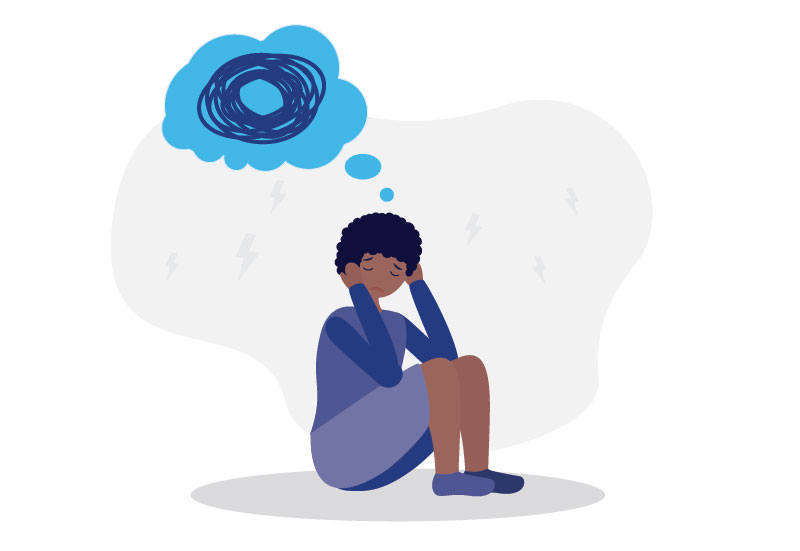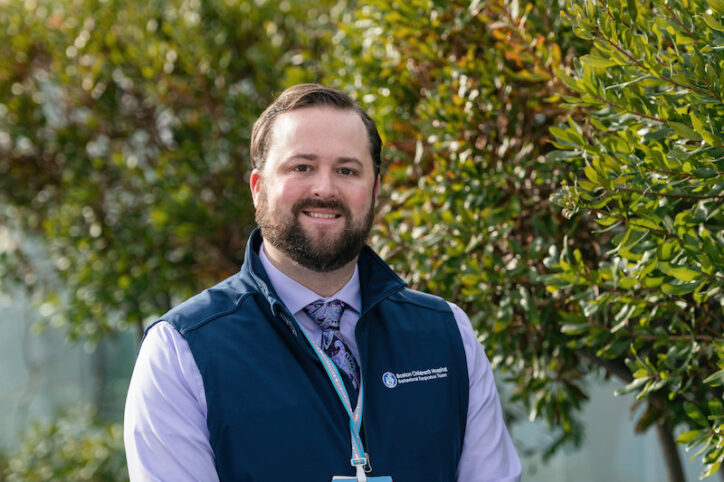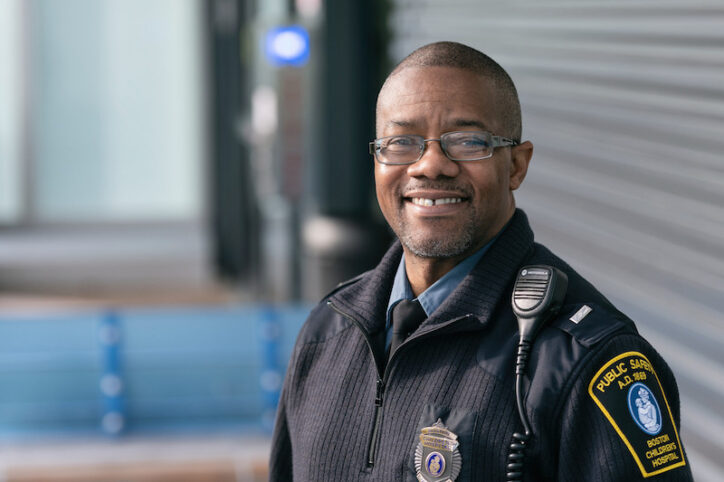It takes a village: The frontlines of the behavioral health crisis

As challenging as navigating the pandemic has been for adults, it has been at least as stressful for children and teens. Yet even before COVID-19 transformed the way we live, kids were coping with mental and behavioral health challenges. In the past decade, children’s trips to emergency departments for mental health disorders rose by some 60 percent. The COVID-19 pandemic has only compounded the problem.
When it comes to helping families through a behavioral or mental health crisis, it can take a village. We spoke to three Boston Children’s staff members — just a small sampling of those who work together to support children and their families — to learn how they’re doing their part.

Doug Crook, DNP, RN — manager, Behavioral Response Team
Trained as a psychiatric nurse, Crook leads Boston Children’s Behavioral Response Team, a group of more than 30 specially trained nurses, counselors, and a behavior analyst. The name is a bit of a misnomer: In addition to responding to urgent behavioral health situations, the team takes a proactive approach. That means regularly collaborating with several other teams, as well as educating colleagues around the hospital on how best to care for children and teens with behavioral health concerns.
The group also checks in with hospitalized patients regularly. “We see a wide range of patients, from those coping with depression or anxiety, to those who may be agitated or aggressive,” says Crook. “Our goal is to align with families on the plan of care and build rapport with our patients, so they’re seeing a familiar face when we arrive to provide support.”

Sandy Habashy — director, Interpreter Services
Habashy leads a team of around 100 employees in house in addition to hundreds who work through a third party agency, ensuring that every patient family who needs an interpreter receives one, by phone, video, or in person. When it comes to behavioral health, interpreters play a key role. Working closely with the Behavioral Response Team, they can help diffuse tense situations simply by speaking the patient’s and family’s language and, in some cases, sharing their culture. “We can see how even their facial expressions relax when they hear their language being spoken,” says Habashy.
The group was also instrumental in accessing clear face masks early in the pandemic, which allow patients who communicate with American Sign Language or by reading lips an unobstructed view of interpreters’ faces. “That can make communication less scary,” she explains.

Joe Bobbitt — day shift lieutenant, Security Services
No one wants a behavioral health situation to get to the point where patients risk harming themselves or others — but if it does, Bobbitt’s specially trained team of security officers is ready to help. Their goal: to diffuse and deescalate tense situations while preventing patients from harming themselves or others. Like members of the Behavioral Response Team, the officers take a proactive approach to prevent such scenarios, getting to know hospitalized patients while keeping them calm.
“It can be stressful,” he admits. “But overall, families are grateful for the support.”
Read more stories about behavioral health.
Related Posts :
-

Behavioral health: What parents should know
Even before a worldwide pandemic uprooted life as we knew it, our children have been grappling with an unprecedented health ...
-

Anxiety in kids during COVID-19: What parents should know
Some kids hide in their rooms. Others turn their cameras off during remote learning and don’t want to talk ...
-

COVID and suicidal thoughts: Help for families
Earlier this month, the U.S. Centers for Disease Control and Prevention (CDC) released stark new figures on mental health ...
-

COVID-19 takes its toll on kids’ mental health
As experts warn that increasing behavioral and mental health challenges could represent a “second wave” of the pandemic in kids ...





